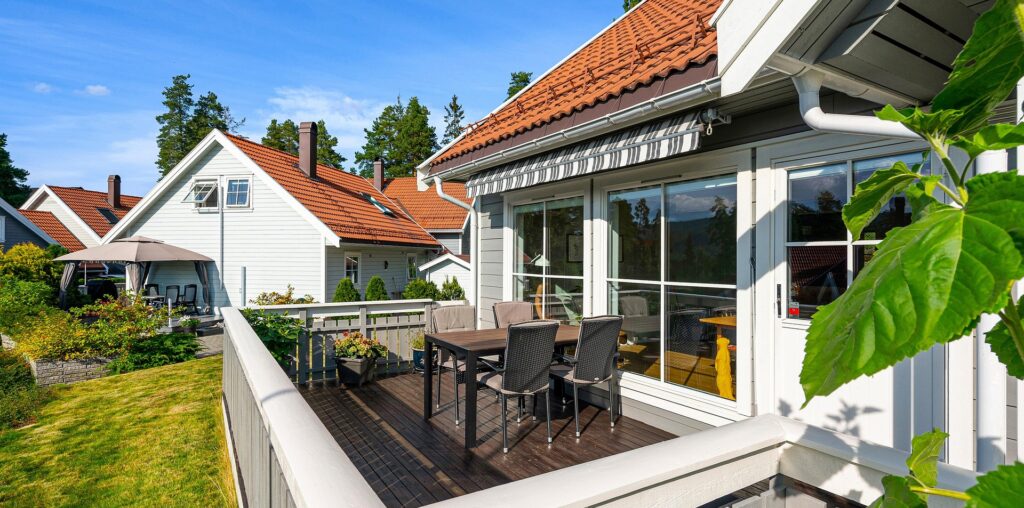If you own or manage a property in California with balconies, you’ve probably heard about SB-721 or SB-326. These are state laws requiring regular inspections of elevated exterior elements like balconies, decks, and walkways. Like many property owners, I initially thought, “How hard can it be? Hire a guy, check the wood, sign a paper. Done.”
Wrong.
Let me walk you through how I learned the hard way what balcony inspections in California really involve and the one simple lesson that changed everything for me.
Why Balcony Inspections California Matter More Than Ever
Balcony collapses aren’t just rare freak accidents. In California’s climate, especially with moisture, termites, and temperature swings, wood deterioration is real. After the tragic Berkeley balcony collapse in 2015, the state put safety laws in place. SB-721 targets apartment buildings, while SB-326 focuses on condos and HOAs. Both require inspections every six to nine years by licensed professionals.
Failing to comply means fines, liability, and worse putting residents at risk. If you’re googling “balcony inspections California” and hoping to wing it, don’t. Here’s what I did wrong and how I fixed it.
My Rookie Mistake: Going Cheap and Fast
I went with the lowest bid. The inspector showed up, did a quick visual check, scribbled some notes, and left. The report was vague, and when I submitted it to my HOA board, it got kicked back. Turns out “just looking at it” doesn’t cut it. California balcony inspections require thorough documentation, photo evidence, and sometimes intrusive testing.
I didn’t know that. I didn’t ask. That cost me three months of delays and nearly doubled the budget.
The Easy Lesson That Changed Everything: Hire a Specialist
Here’s the one lesson that turned things around:
Don’t just hire a general inspector. Hire someone who specializes in balcony inspections California.
That one move saved me time, money, and a ton of stress.
A qualified specialist knew the SB-721 and SB-326 requirements inside and out. They understood the engineering standards, the reporting formats, and what city officials look for. They used moisture meters, borescopes, and thermal imaging tools I didn’t even know existed. The final report was detailed, professional, and legally compliant.
What a Good Balcony Inspection Looks Like
To make sure you’re getting a proper inspection, here’s what should be included:
- Visual and physical inspection: Not just a look-over. This includes tapping, probing, and sometimes removing small panels.
- Photo documentation: Pictures of every inspected element, especially any defects or red flags.
- Moisture and pest assessment: Hidden rot is often the biggest threat.
- Compliance checklist: A summary of how each element complies with SB-721 or SB-326.
- Repair recommendations: If issues are found, the report should include estimates and urgency levels.
A quality balcony inspection doesn’t just help with compliance. It gives you a maintenance roadmap.
SEO Tip: Choosing the Right Balcony Inspection Company in California
If you’re searching for balcony inspections California, don’t just go by Google Ads or the top listing. Look for:
- Licensing and certifications: Confirm they hold relevant California licenses (architect, engineer, or contractor).
- Experience with SB-721/SB-326: Ask for sample reports.
- Local knowledge: Someone familiar with your city’s requirements will save time.
- Insurance: Make sure they carry professional liability insurance.
Cost of Balcony Inspections in California
Prices vary depending on property size and accessibility. For a small complex with 10-15 balconies, expect to pay between $3,000 and $5,000. Larger properties can run into the tens of thousands. But remember: the cost of skipping it is much higher.
Fines for non-compliance can exceed $500 per day. Worse, if a balcony fails and causes injury, you’re looking at serious legal exposure.
Pro Tip: Schedule in Off-Peak Season
Most property managers scramble before deadlines. If you schedule inspections in off-peak months (late winter or early spring), you may get better rates and faster service.
Takeaways: How You Can Improve Your Balcony Inspections in California
- Understand the law: Know if your property falls under SB-721 or SB-326.
- Don’t DIY it: Hire a specialist who knows California building codes and inspection protocols.
- Ask questions: What tools will they use? Do they include moisture or pest assessments?
- Review the report carefully: Make sure it’s detailed, photographic, and actionable.
- Stay on schedule: Set calendar reminders for the next inspection cycle.
Final Thoughts
Improving your approach to balcony inspections in California doesn’t require a miracle. Just one smart move: Hire the right pro. That lesson alone saved me a world of trouble and gave me peace of mind. Now, when I hear “balcony inspections California,” I don’t panic. I know I’m covered.
If you’re in the same boat I was, take this advice seriously. Your property’s safety and your liability depend on it.
Need Help With Your Balcony Inspections in California? Drop a comment or reach out and I’ll connect you with the same team that helped me. No fluff, no nonsense just solid, compliant work that keeps your property safe.

